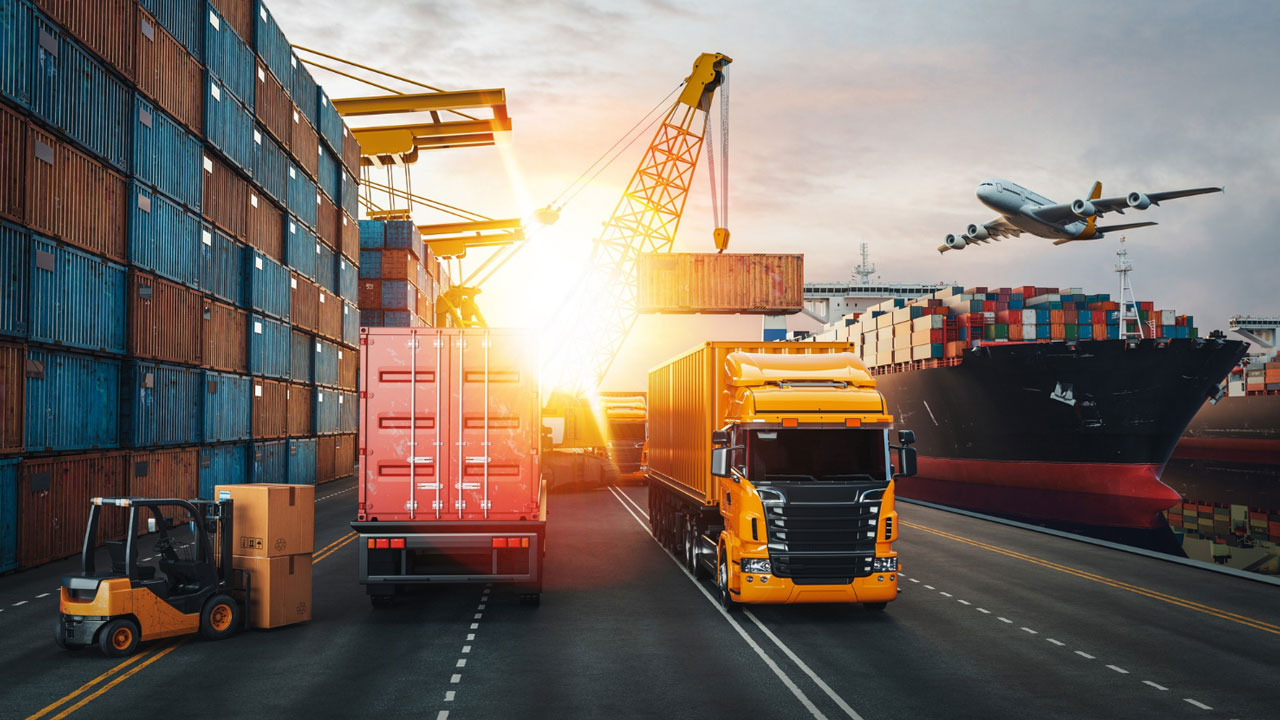
The world of logistics is evolving at a pace never seen before. Globalization, e-commerce, shifting trade policies, and unpredictable disruptions—from pandemics to geopolitical conflicts—have made supply chains increasingly complex. Businesses are under pressure to deliver goods faster, cheaper, and with greater transparency, all while managing intricate networks that span multiple continents.
For many companies, building and managing these capabilities in-house is not only costly but also unsustainable. That’s why businesses of all sizes are turning to outsourced logistics models—specifically Third-Party Logistics (3PL) and Fourth-Party Logistics (4PL). These models help organizations offload operational burdens, tap into advanced technology, and gain access to networks that would otherwise take years to develop.
But what’s the real difference between 3PL and 4PL, and how exactly are they reshaping the global supply chain? Platforms like LogiTrac360—which digitize and integrate logistics management—are showcasing how the future of logistics is about more than moving goods; it’s about building smart, connected ecosystems.
This blog dives deep into the role of 3PL and 4PL in the modern supply chain, exploring their unique functions, benefits, and how they’re driving agility in today’s global economy.
Before analyzing their impact, it’s important to establish clear definitions and distinctions.
Third-Party Logistics (3PL) providers specialize in handling specific segments of the logistics process. Businesses often rely on them for:
3PL providers are operational experts. They execute tasks that businesses would struggle to manage at scale, such as last-mile delivery, freight forwarding, or customs brokerage.
Fourth-Party Logistics (4PL) takes things one step further. Instead of focusing on execution alone, 4PL providers act as strategic integrators. They manage the entire supply chain ecosystem on behalf of a business. A 4PL typically:
In essence, while 3PL is about doing logistics, 4PL is about orchestrating logistics.
Both models play distinct roles, and often businesses use them together—leveraging 3PLs for their specialized expertise while relying on 4PLs for overall strategy.
The last decade has fundamentally reshaped global supply chains. Several forces are pushing companies to rethink how they manage logistics:
Online retail has turned logistics into a customer-facing function. Consumers expect same-day or next-day deliveries—even across borders. Managing these expectations without expert logistics partners is nearly impossible.
“Fast and visible” has replaced “cheap and slow.” Customers demand not just rapid deliveries but also transparency—where is my package, and when will it arrive? Logistics providers now need real-time visibility across the chain.
Customs duties, trade tariffs, environmental rules, and product safety standards vary from country to country. For businesses shipping internationally, compliance has become a maze.
3PL and 4PL providers are stepping in to help companies manage these pressures, transforming supply chains from fragmented operations into streamlined ecosystems.
3PL providers remain the backbone of outsourced logistics. In 2025, their impact is felt in several ways:
By serving multiple clients, 3PLs spread costs across their network. This enables businesses to access advanced logistics infrastructure at a fraction of the cost of building it themselves.
From Black Friday to Lunar New Year, demand spikes are common. 3PLs allow companies to scale warehousing, labor, and transportation up or down based on need.
Modern 3PLs are highly tech-driven, integrating:
The “last mile” is often the most expensive and complex stage of delivery. 3PLs are innovating with local hubs, gig-economy delivery networks, and even drone trials to improve customer experience.
While 3PLs optimize execution, 4PLs are redefining supply chain strategy.
Businesses no longer juggle multiple partners. A 4PL takes responsibility for coordinating suppliers, carriers, 3PLs, and other stakeholders under one roof.
With advanced analytics, 4PLs help companies answer critical questions:
4PLs build control towers—digital platforms that provide real-time visibility across the entire supply chain. This transparency allows businesses to predict and mitigate disruptions.
Instead of fragmented systems, 4PLs integrate partners into a unified digital ecosystem. This reduces duplication, improves communication, and supports data-driven optimization.
The logistics revolution wouldn’t be possible without technology. Both 3PL and 4PL providers rely on digital innovation to stay ahead.
Cloud systems connect global stakeholders—suppliers, logistics providers, and customers—in real time. Platforms like LogiTrac360 exemplify how cloud-based ERP and logistics management simplify collaboration.
Using historical data, predictive models forecast demand fluctuations and identify risks such as port congestion or supplier delays. Businesses can then proactively adjust strategies.
Adopting 3PL and 4PL models provides several competitive advantages:
The logistics landscape continues to evolve beyond 3PL and 4PL.
Fifth-Party Logistics (5PL) focuses on digitally native logistics models, integrating e-commerce, automation, and end-to-end digital ecosystems at scale.
Sustainability is no longer optional. Businesses are demanding greener solutions, from electric fleets to optimized packaging. Logistics providers that prioritize sustainability will gain a competitive edge.
Expect wider use of autonomous trucks, drones, and robotic warehouses. These innovations will reduce costs and accelerate delivery.
In today’s interconnected global economy, supply chains are no longer linear—they are dynamic ecosystems. 3PL and 4PL models are at the heart of this transformation. While 3PL providers bring executional expertise, 4PL providers deliver the strategic oversight needed to orchestrate complex networks.
For businesses aiming to thrive in global markets, embracing outsourced logistics is not just an option—it’s a necessity. Platforms like LogiTrac360 are proof of how digital solutions enable organizations to integrate multiple partners, gain real-time visibility, and build supply chains that are resilient, efficient, and future-ready.
The takeaway is clear: companies that embrace 3PL and 4PL models will be the ones leading the charge toward faster, smarter, and more sustainable global trade.
